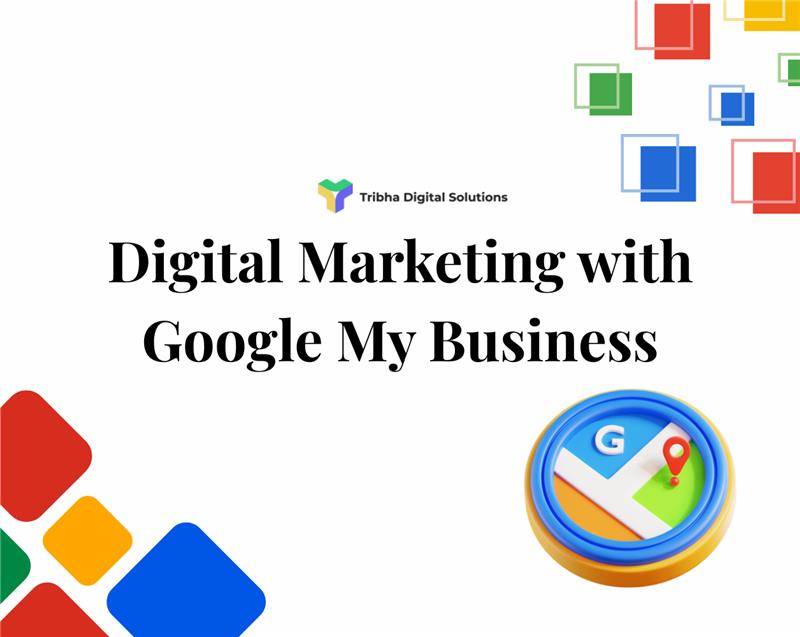In a world increasingly dominated by smart assistants and hands-free devices, voice search is no longer a futuristic concept – it’s a present-day reality reshaping how consumers interact with the digital world. Optimizing for voice search is now essential for any brand looking to stay ahead in the digital marketing game. What is Voice Search Optimization? Voice Search Optimization (VSO) refers to the process of enhancing your content and website so it appears in voice searches performed on devices like smartphones, smart speakers (like Amazon Echo, Google Home), and voice assistants (like Siri, Alexa, and Google Assistant). Unlike traditional search queries, voice searches are conversational, longer, and often framed as questions. For example: Traditional: “best pizza NYC” Voice: “What is the best pizza place near me in New York City?” Why Voice Search Matters Rapid Adoption: As of 2025, more than 55% of households globally are expected to own a smart speaker. Changing Consumer Behaviour: People use voice search while multitasking – cooking, driving, working out. It’s quicker, hands-free, and convenient. Search Engine Algorithms Are Evolving: Google and other search engines prioritize natural language, context, and user intent more than ever. How to Optimize Your Website for Voice Search Focus on Conversational Keywords Users speak differently than they type. Use natural, conversational language in your content. Use long-tail keywords. Integrate questions and answers. Tip: Tools like AnswerThePublic, AlsoAsked, and Google’s “People Also Ask” can help find popular queries. Create FAQ Pages Frequently Asked Questions (FAQ) pages are perfect for voice search because they mirror how people ask questions out loud. Answer questions succinctly. Include variations of the same question. Use Structured Data (Schema Markup) Adding schema markup helps search engines better understand your content. Use the FAQ Page and How To schemas. Implement Local Business schema for local SEO. Optimize for Featured Snippets Voice assistants often pull answers from Google’s featured snippets. Structure content to answer questions in 40-50 words. Use bullet points, tables, and lists for clarity. Improve Page Load Speed and Mobile-Friendliness Voice search is mobile-heavy, and Google prioritizes fast-loading mobile pages. Compress images. Use responsive design. Minimize unnecessary code. Leverage Local SEO Many voice searches have local intent (e.g., “restaurants near me”). Claim and optimize your Google Business Profile. Use consistent NAP (Name, Address, Phone) details across directories. Content Strategies for Voice Search Adopt a Conversational Tone Write your content as if you’re speaking to someone face-to-face. Simplify complex sentences. Avoid jargon. Use Questions as Headers Search engines can better match voice queries to your content. Example: “How do I clean suede shoes?” Answer Questions Clearly and Quickly Give direct answers within the first few lines of content. Expand further below the initial answer. Tools to Aid Voice Search Optimization AnswerThePublic: To discover commonly asked questions. SEMrush / Ahrefs: For keyword research. Google Search Console: Track performance of voice-optimized pages. PageSpeed Insights: Check and improve page speed. Schema.org: To implement structured data. Voice Search and the Future of SEO As AI and Natural Language Processing (NLP) evolve, search engines will become even more adept at understanding context and user intent. Marketers who align their strategies with these advancements will have the edge. Zero-click searches will increase. Multimodal search (voice + image) will gain traction. Hyper-personalized results will become the norm. Common Mistakes to Avoid Overstuffing content with long-tail keywords. Ignoring mobile responsiveness. Using complex language not suited for spoken queries. Not claiming your Google Business Profile. Real-World Examples Domino’s Pizza: Allows customers to order using voice through Google Assistant or Amazon Alexa. Nestle: Created a voice cooking assistant with recipes and step-by-step instructions. Patron Tequila: Offers cocktail recipes via Alexa, enhancing brand engagement. Voice search is not just a trend – it’s a transformation in how users seek and consume information. By embracing voice search optimization, brands can build better user experiences, improve visibility, and stay competitive in a voice-first world. The future of search is vocal. The sooner brands align their strategies, the louder their success will echo.














